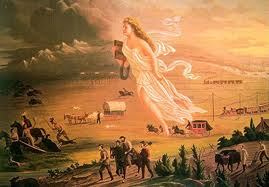Name That Executive Role!

Students today learned about the many roles of the head of the Executive Branch, the President of the United States. I found several images of former Presidents in these roles--can you guess which is which? Post your answers below or email them to me. Choices: Commander-In-Chief Chief Executive Political Party Head Chief Diplomat 1. President Eisenhower 2. President George HW Bush (on the right side of the picture) 3. President Franklin Delano Roosevelt 4. President Reagan meeting with British Prime Minister Margaret Thatcher (this one's a bit of a giveaway!)
